5 Easy ways to improve air quality in your city
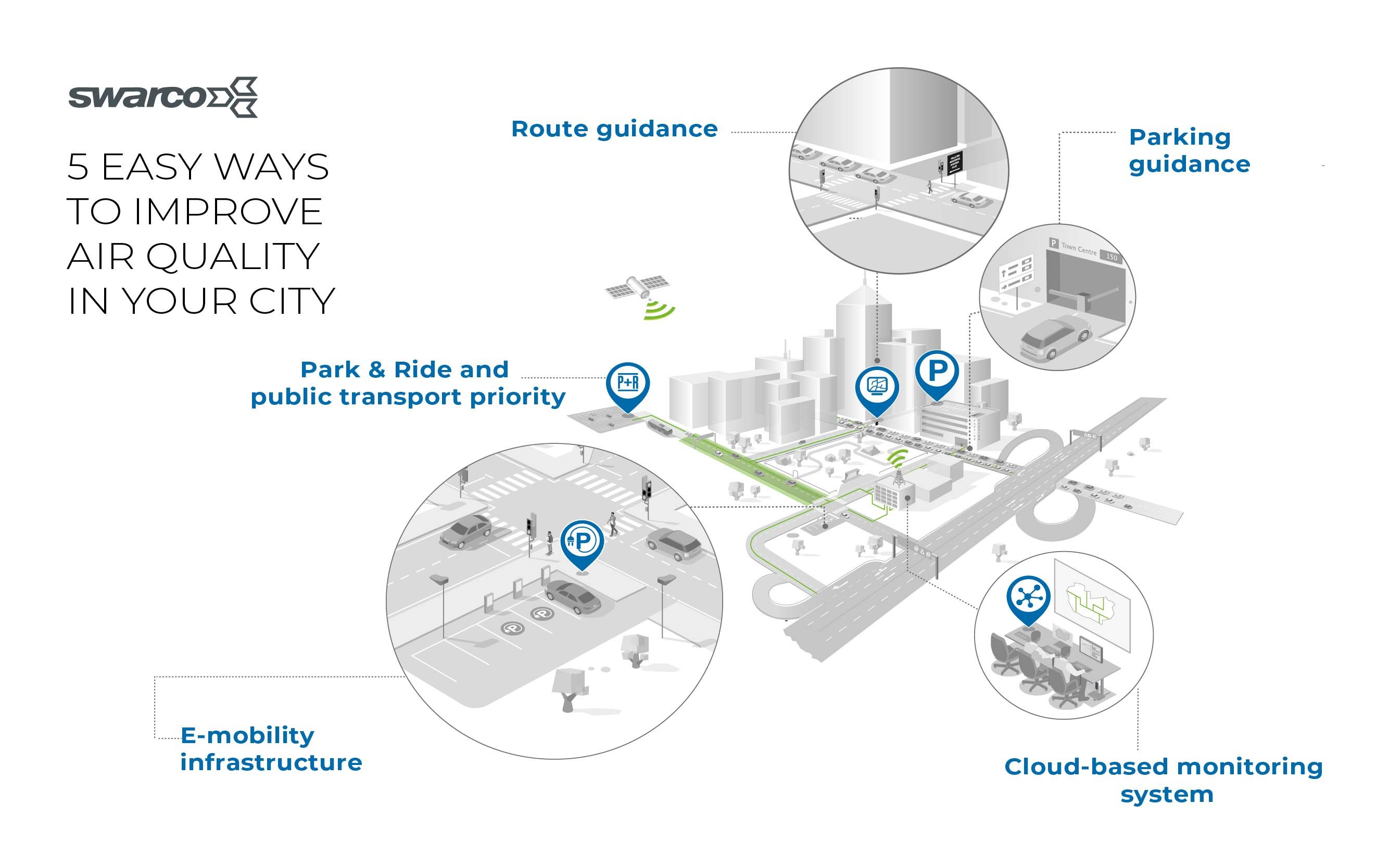
Every day, millions of particulates are being released into our air. If inhaled regularly or if harmful levels build-up then this can cause harm to our health.
At the bottom of this page you can download a guide on how you can implement these solutions in your city.
Air Quality is a big issue to tackle but introducing several smaller steps can make a big difference to your city.
Poor air quality affects us all, it is a cost for our health, our environment and the economy and we must all do our part to tackle it. One of the main contributing factors to poor air quality in cities is petrol and diesel vehicle emissions and levels can become particularly harmful at peak-times, when congestion is also at its highest.
Air pollution from such vehicles tend to be in the form of Nitrous Oxides (NOx) or Particulate Matter (PM). One report carried out by the UK Government identified that the equivalent of 150 balloons could be filled in one minute with the fumes of an idling vehicle. This is something that could be greatly reduced with some simple measures.
1. Parking Guidance
Many cities and car parks already have dynamic signage to indicate if they have space availability. This is a great signpost for drivers as this allows them to make informed decisions when driving and not make a wasted trip into an already full car park. However, if you were to guide drivers to available spaces through-out the city then they could shorten their journey considerably, reducing their emissions and creating a more enjoyable journey for the driver.
Once inside the car park you can guide drivers to the nearest available parking space or electric vehicle charger. This reduces the time spent idling and the number of particulates released into the enclosed space to the pedestrians nearby.
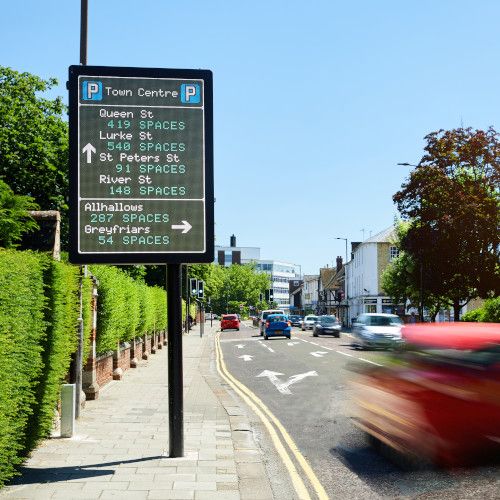
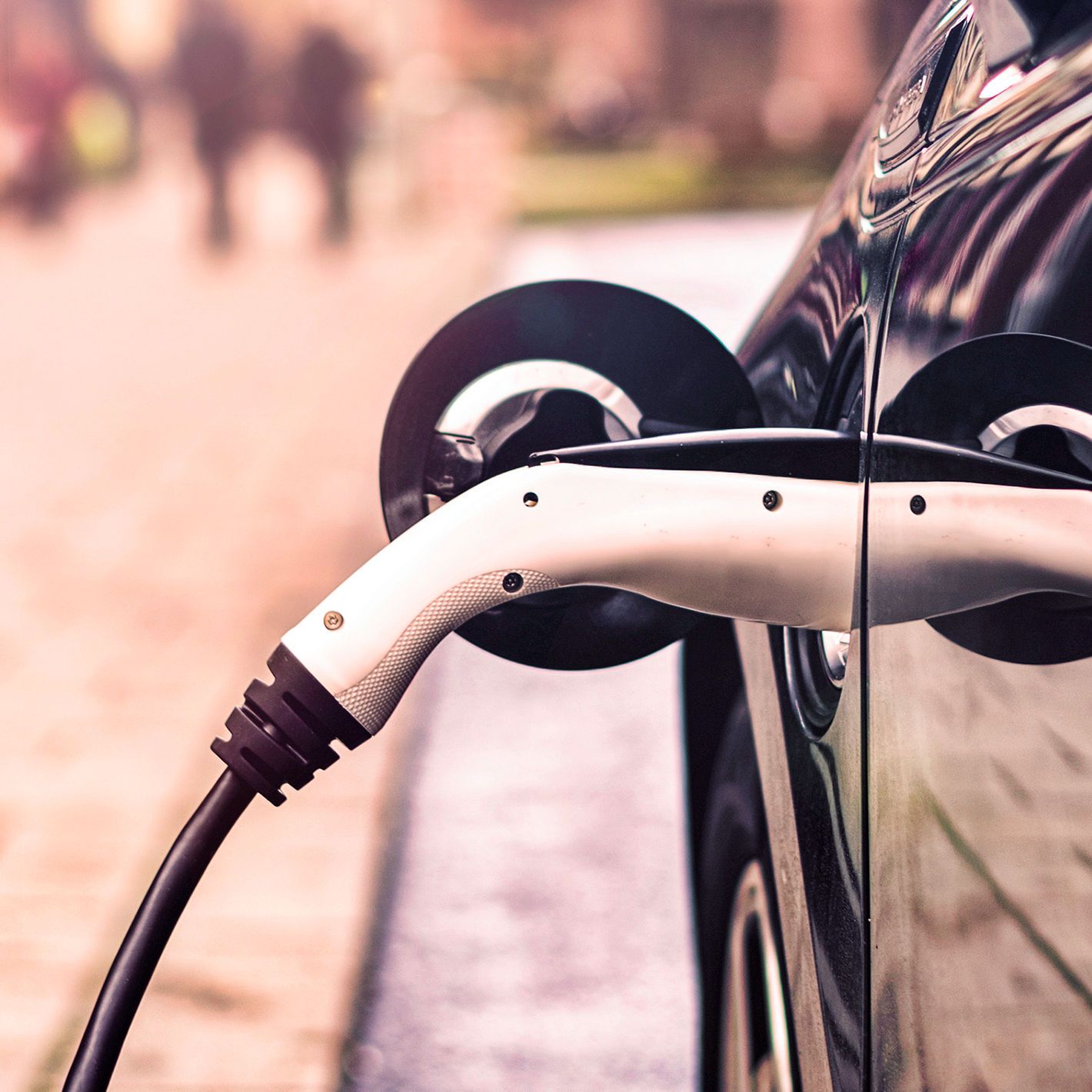
2. eMobility Infrastructure and alternative modes of travel
As more and more countries are encouraging the use and sometimes incentivising the public to make the transition to an electric vehicle it is imperative that the necessary infrastructure is also being provided.
Although the uptake is increasing, many drivers aren’t making the switch due to range anxiety and being unable to find the appropriate public chargers. One solution is to introduce charging hubs, these can be situated on popular routes and provide a certainty to drivers that they will be able to charge.
Also, installing chargers in regular bays at popular city centre locations such as shopping centres, leisure parks and entertainment outlets allows drivers to go about their usual activities without having to worry about charging.
Implementing schemes to protect cyclists or to give cyclists priority at junctions are also a good way to encourage drivers to convert to travelling via bicycle. A green wave for cyclists or even low level cycle signals allows them to have a safer and more convenient journey.
3. Route Guidance
Intelligent, dynamic signs such as Variable Message Signs (VMS) can interface to live pollution monitoring maps and re-route drivers away from heavily polluted areas and routes, distributing the traffic, preventing the harmful build-up that causes serious health issues.
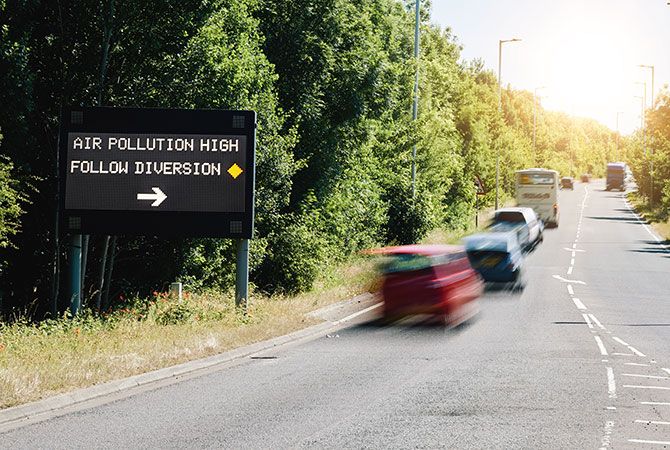
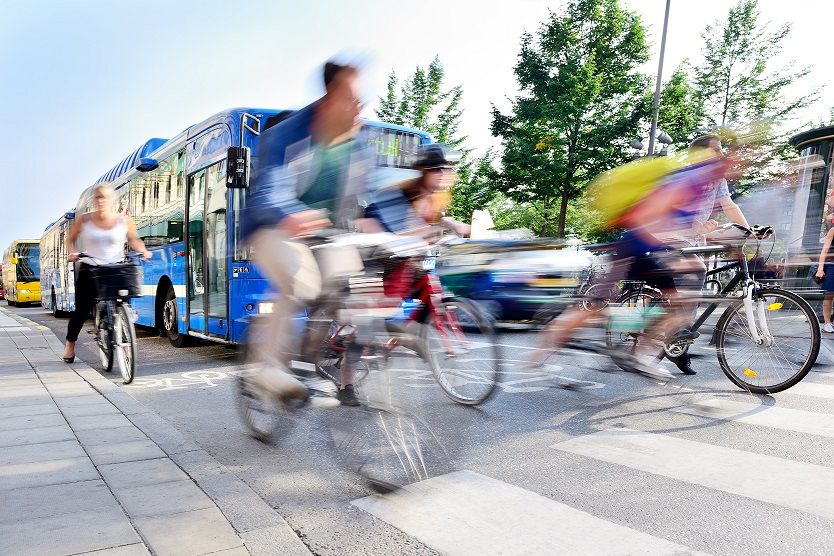
4. Park & Ride and Public Transport priority
Park & Ride is a solution that many large towns and cities have implemented over the years. It means visitors from more rural areas can get to you but can leave the cars at a safe location in the suburbs, not adding to the city centre congestion. This also means they aren’t adding to the vehicle pollution in the city.
However, if a Park & Ride facility isn’t convenient or well signposted then this could be a wasted effort and in fact you may get additional vehicles and empty buses driving around. Guiding drivers to Park & Ride facilities or advising drivers that have come from a-far of the public transport available once they arrive in the city could lead to a large uptake in use and reduce the number of vehicles on the roads.
Another way to incentivise users of schemes such as Park & Ride and public transport is public transport priority through cities. This is an important measure to increase the efficiency of urban traffic management and to better handle ever-growing traffic volumes. It makes public transport more attractive due to faster travel times and improved service regularity. It also results in less vehicles on the road, reducing pollution levels.
5. Cloud-based monitoring system
To ensure your city works harmoniously, a single monitoring system should be used. A system that can set messages on signs, monitor live car park data occupancy, as well as pollution levels and electric vehicle status. This allows you to run reports and be able to assess the data to check that your actions are having an impact. One example of a modular traffic management system that can emcompass all of this functionality is the SWARCO MyCity software.
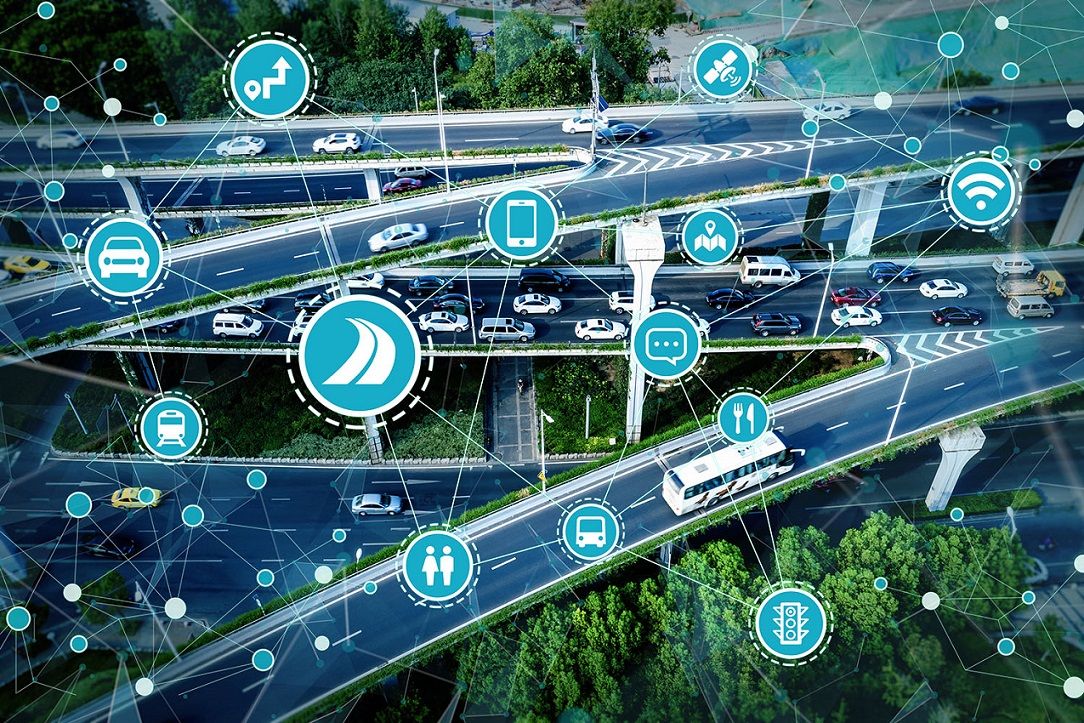
Products used in the above guidance
- Variable Message Signs
- Parking Guidance
- Electric Vehicle chargers and hub solutions
- Bicycle Solutions
- Public transport priority
- MyCity Software
Download our guide on how you can implement these techniques in your city.